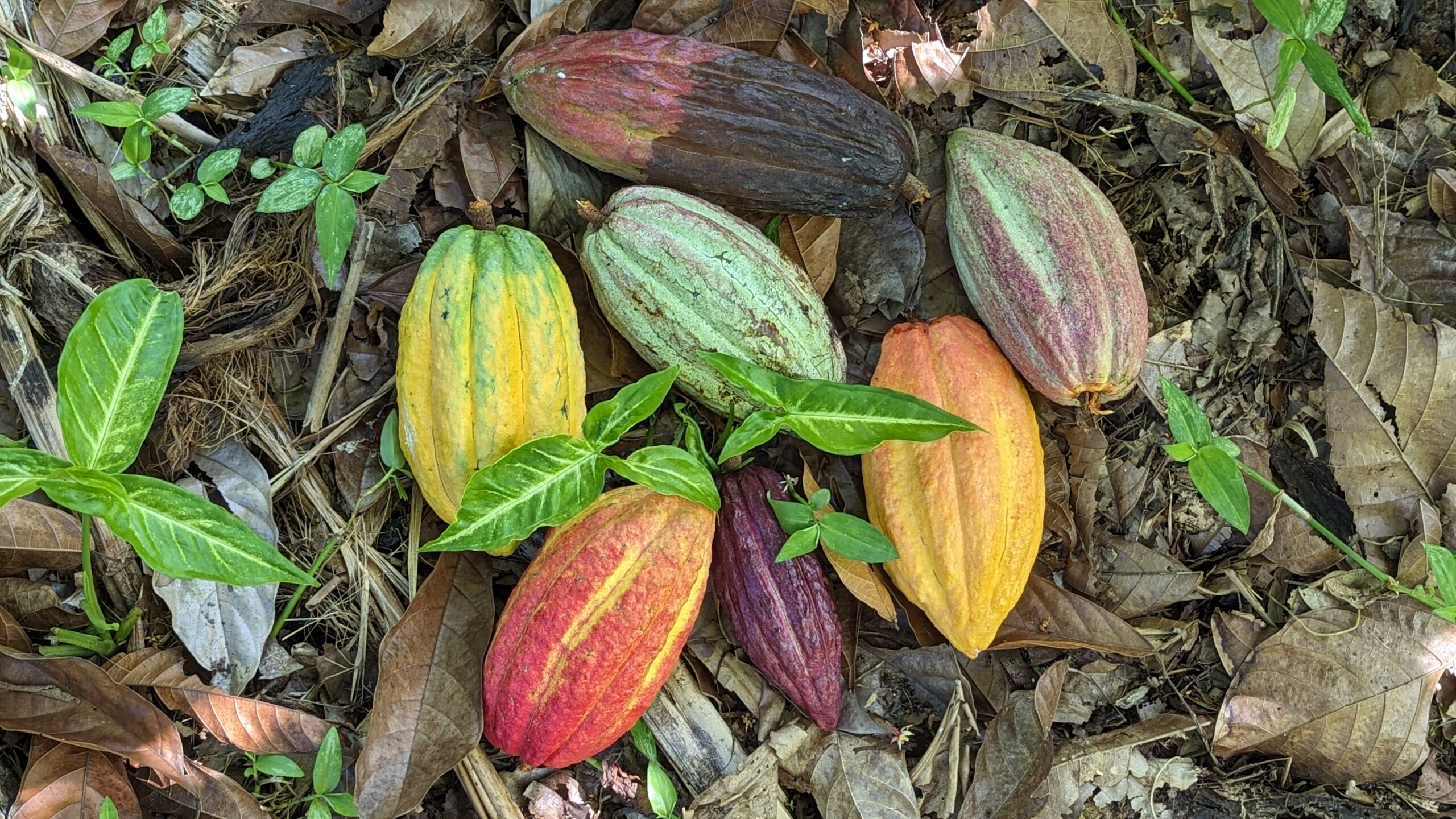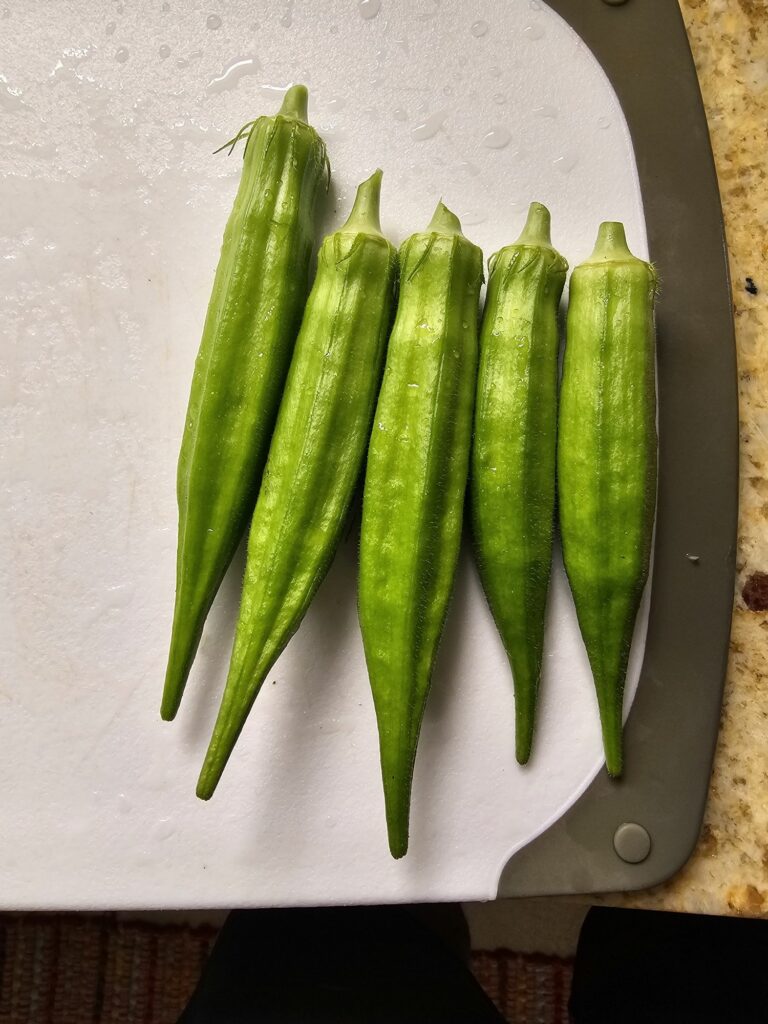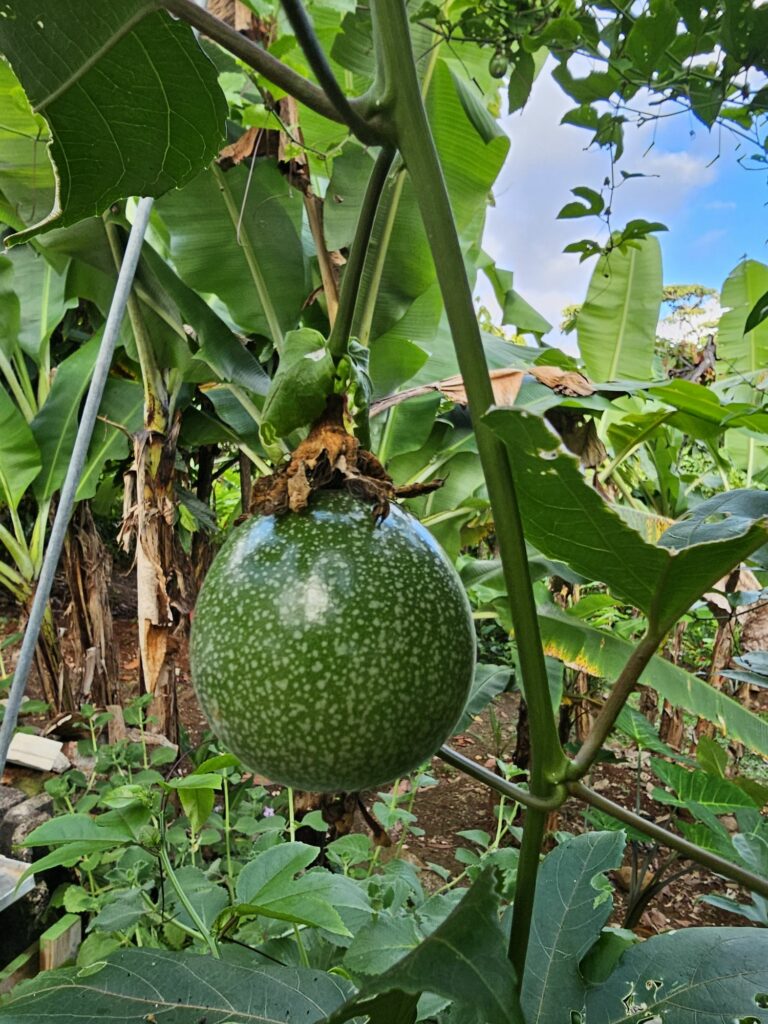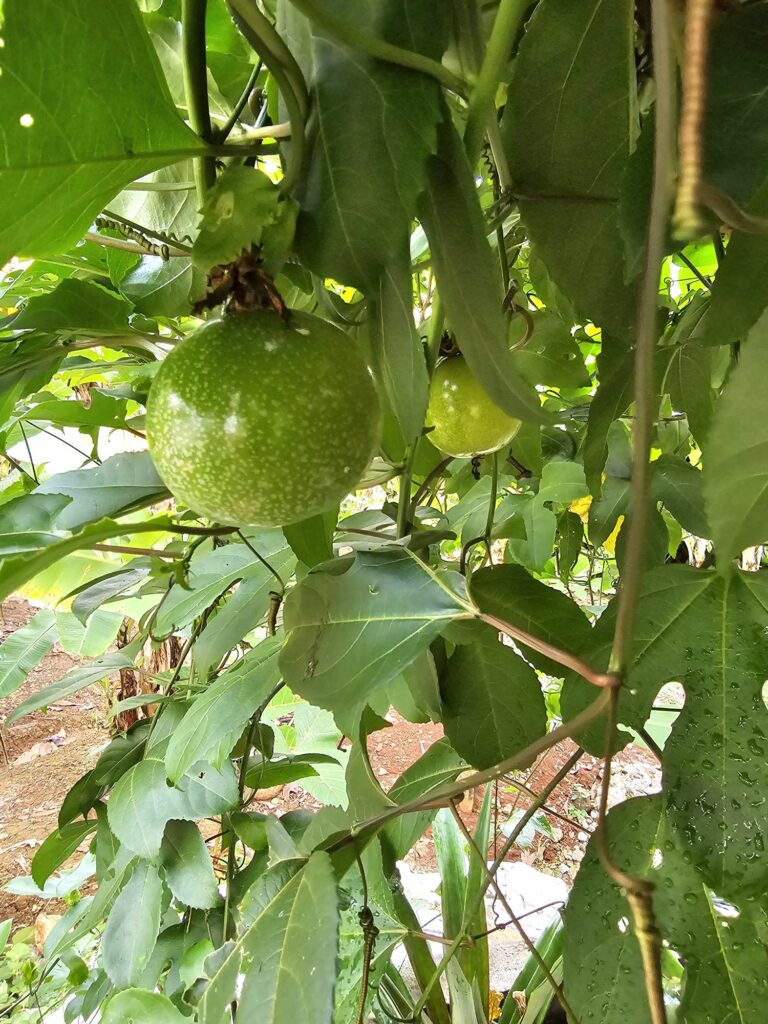
We should start by saying that compared to many, particularly on Carriacou and Petit Martinique, and even northern Saint Patrick, we are very fortunate after Hurricane Beryl.
We lost many trees and had greenhouse damage, but the house was undamaged. We are thankful. The trees that we did lose include three large cocoa trees, most of a Noni tree, a couple of Papau trees, one coconut tree, and a number of banana trees. The banana and the papa trees will be back quickly, but the cocoa trees and the coconut tree will take years. They also leave some large changes to the view which are taking some getting used to.
In the greenhouse, the shade knitting was ripped to shreds and several panels of the roofing were broken. We also lost a few eggplant some spinach and weed vines have quickly taken over portions of the lattice work. The greenhouse, because it had partial walls, also became the resting place for huge piles of cocoa leaves blown from the trees, so there is quite a bit of cleaning up to do.
Strangely, the hurricane cut very precise and narrow swaths through the back of the property which almost resemble a road, as areas on either side were left relatively unscathed. In this way, it looked more like a tornado or a microcell, than a hurricane. The same is true in the surrounding area where giant mango, breadfruit, and spice trees have fallen, but small wooden structures nearby are relatively untouched.
All in all, if this is the result of a category 4 hurricane, then we’ll take it and count our blessings.














